Understanding Surgical Treatment for Pediatric Heart Conditions
Congenital heart disease (CHD) represents the most common birth defect affecting nearly 1% of children. Surgical interventions remain a cornerstone in managing a wide spectrum of these cardiac anomalies, often involving intricate open-heart surgeries, minimally invasive catheter-based procedures, and innovative prenatal interventions. This article explores the range of surgical options, diagnostic tools, risk considerations, and recent advances that have significantly improved survival and quality of life for children with heart defects.
Types of Surgical Interventions for Congenital Heart Disease in Children
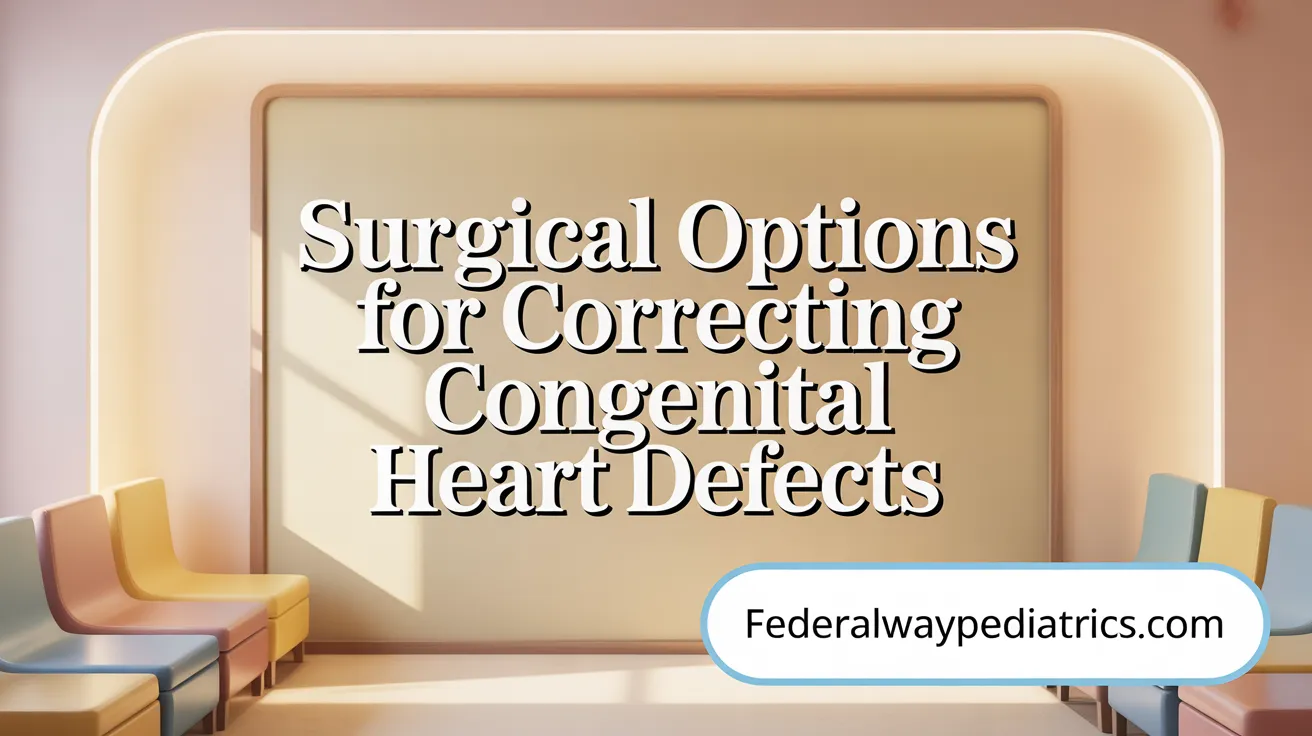 Treating congenital heart disease (CHD) in children involves a variety of surgical approaches tailored to the specific defect and its severity. These interventions are generally classified into open-heart surgeries, catheter-based procedures, and minimally invasive surgeries.
Treating congenital heart disease (CHD) in children involves a variety of surgical approaches tailored to the specific defect and its severity. These interventions are generally classified into open-heart surgeries, catheter-based procedures, and minimally invasive surgeries.
Open-heart surgeries are the most common and involve making an incision in the chest, often requiring the use of a heart-lung machine (cardiopulmonary bypass) to temporarily take over the function of the heart and lungs. This approach allows for complex repairs like closing atrial or ventricular septal defects (ASD or VSD), repairing or replacing heart valves, or reconstructing large blood vessels. For example, procedures such as the Norwood, Glenn, and Fontan are staged surgeries used to repair single ventricle defects. These surgeries often aim to correct structural abnormalities like hypoplastic left heart syndrome, transposition of the great arteries, or truncus arteriosus.
Less invasive options include catheter-based techniques, which have become increasingly prominent. These minimally invasive procedures utilize small incisions and specialized catheters inserted through blood vessels to repair or close defects such as patent ductus arteriosus (PDA), atrial septal defects, or small muscular VSDs. Devices like coils and plugs are used to occlude abnormal openings, reducing the need for open surgery.
Correction of specific heart defects varies, including procedures like coarctation repair through resection and bypass, atrial septal defect repair, or pulmonary valve dilation via balloon valvuloplasty. More complex conditions like tetralogy of Fallot or transposition of the great arteries often require multiple staged surgeries, especially in severe cases or if initial repairs are unsuccessful.
In addition to postnatal surgical procedures, some fetal interventions are performed during pregnancy to prevent or mitigate severe defects. These include fetal balloon valvuloplasty for critical aortic stenosis, which can promote normal development of the heart's left side and potentially allow for biventricular repair after birth.
Advances in surgical techniques, imaging, and minimally invasive options have significantly improved long-term outcomes, survival rates, and the quality of life for children with CHD. The choice of procedure depends on the defect's complexity, location, and the child’s overall health, with specialized congenital heart centers providing the expertise required for successful treatment.
Treatment Options: Surgical and Non-Surgical Approaches
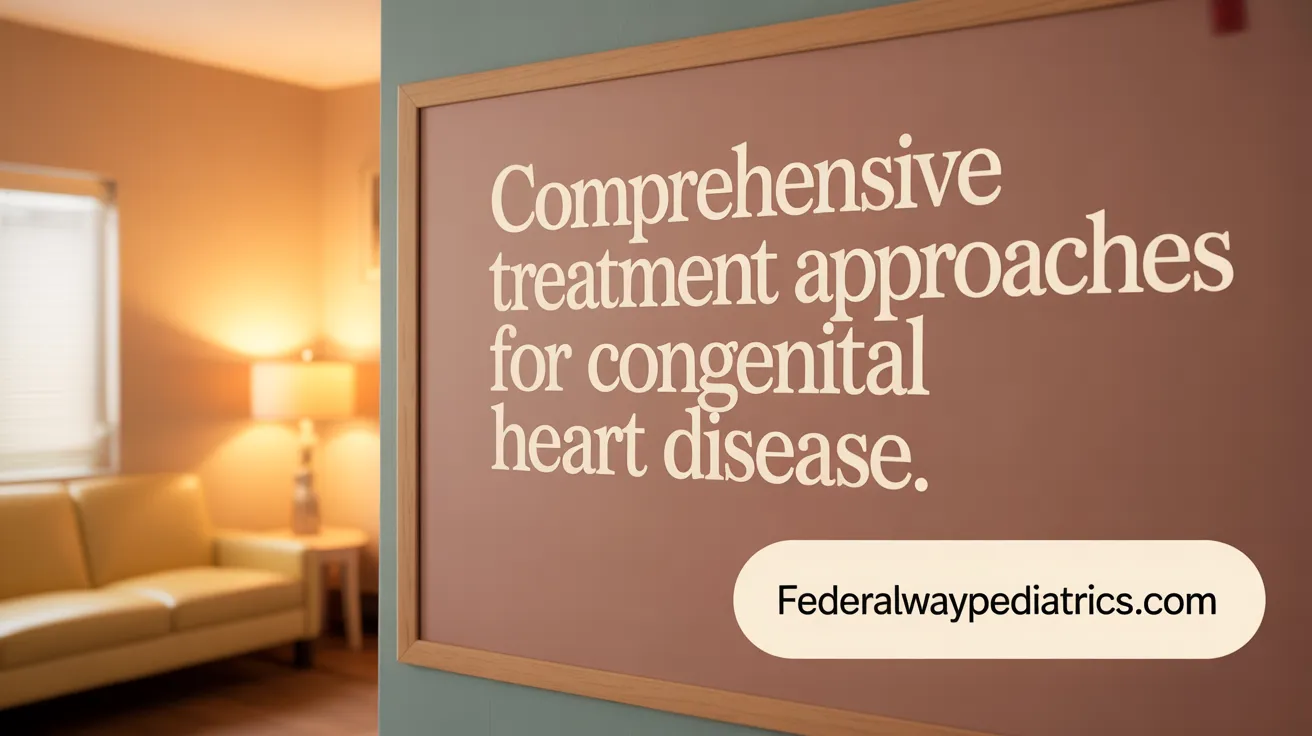
What are the general treatment options for congenital heart disease in children including surgical and non-surgical approaches?
Treatment strategies for congenital heart disease (CHD) in children depend greatly on the type and severity of the defect. Non-surgical approaches often include medication management: drugs such as diuretics to reduce fluid overload, ACE inhibitors to lower blood pressure, and prostaglandins that keep fetal circulatory pathways open. These medications can stabilize symptoms and improve the child's quality of life.
In addition, minimally invasive catheter-based procedures are frequently employed. These include balloon valvuloplasty to widen narrowed valves, coil embolization to close abnormal blood vessels, and device occlusion of atrial septal defects or the patent ductus arteriosus.
Surgical treatments are more invasive and involve open-heart procedures. These surgeries aim to repair or correct structural anomalies like ventricular or atrial septal defects, repair of valves, or complex corrections such as arterial switch operations for transposition of the great arteries.
For severe cases where definitive correction isn't possible, heart transplantation may be considered. Palliative surgeries, which relieve symptoms without curing the underlying defect, are also performed to improve the child's quality of life.
Lifelong follow-up with a specialized pediatric cardiologist is essential. Ongoing monitoring helps manage potential complications, assess heart function, and adapt treatment plans as the child grows.
What are the medical management options for congenital heart disease in children?
Medical management plays a pivotal role in caring for children with CHD, tailored specifically to the child's defect and symptoms. Common medications include diuretics to reduce preload and pulmonary congestion, prostaglandins to maintain ductus arteriosus patency in certain critical conditions, and anti-arrhythmics for rhythm control.
Interventional procedures like diagnostic and therapeutic catheterizations help address defects in a less invasive manner, often serving as an initial or adjunct treatment. For example, balloon dilation of valves or arterial stenoses can sometimes delay or obviate the need for surgery.
When structural repairs are necessary, surgery can range from minimally invasive catheter-based interventions to complex open-heart procedures, such as the repair of transposition of the great arteries or the Norwood operation for hypoplastic left heart syndrome.
For cases where other treatments fail or if the heart's function deteriorates significantly, heart transplantation might be the last resort.
Throughout their entire lives, children with CHD need continuous follow-up. Regular check-ups allow for early detection of complications, assessment of treatment efficacy, and adjustments to medications or further interventions to ensure optimal health outcomes.
More Information
For comprehensive details on treatment options for congenital heart defects in children, searching with the phrase "comprehensive treatment options for congenital heart defects in children" can provide extensive resources and current practice guidelines.
Risks, Considerations, and Outcomes in Pediatric Open-Heart Surgery
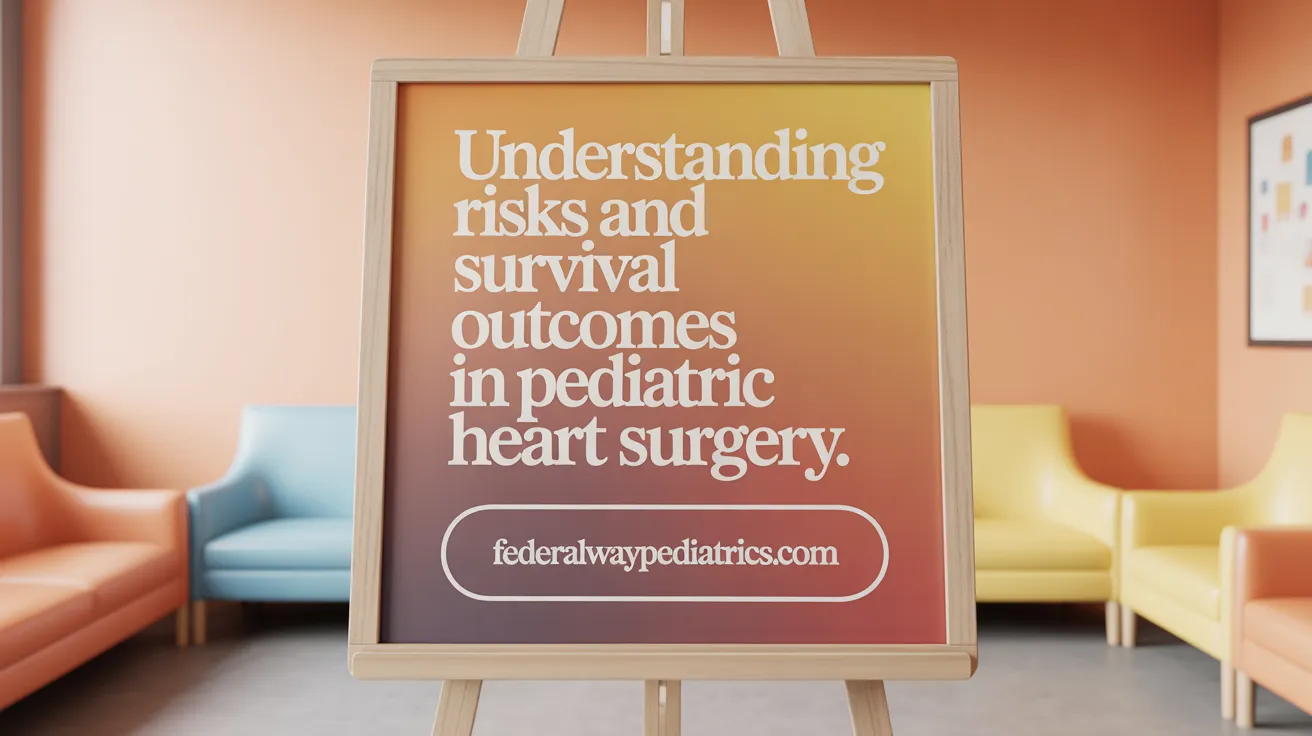
What are the risks and considerations associated with open-heart surgery in babies?
Performing open-heart surgery on infants involves various risks that require careful planning and evaluation. The potential complications include bleeding, infections, breathing difficulties, blood clots, and air emboli. Arrhythmias and neurological issues, such as brain damage, can also occur. The overall rate of postoperative complications is approximately 73.8%, highlighting the complexity involved.
Children with more severe defects or those requiring multiple surgeries tend to face higher risks, longer hospital stays, and an increased chance of mortality. Moreover, children who undergo early or repeated procedures are at a heightened risk of developing hypertension later in life. Due to these factors, comprehensive preoperative assessment and continuous, lifelong follow-up care are crucial to managing future health challenges.
What is the survival rate for babies undergoing open-heart surgery?
Survivability for infants undergoing pediatric cardiac surgery has improved significantly over recent years. Leading centers report survival rates of about 97.8% at UVA Health Children's Hospital and 98.2% at Children’s Colorado, both well above the national average.
For more complex procedures, such as surgeries classified as STAT 5—which involves the most challenging cases—the survival rates are still impressive: 96.5% at UVA and 92.3% at Children’s Colorado.
Procedures like the Norwood operation show survival rates around 96.2% in top centers, demonstrating the advanced techniques and expertise involved. High-volume centers, performing over 850 surgeries annually, tend to have better outcomes due to their extensive experience.
In summary, most infants undergoing newborn and early childhood heart repairs survive these surgeries. Advances in surgical techniques, imaging, and perioperative care continue to enhance patient safety and long-term health prospects.
| Aspect | Survival Rate | Center Type | Additional Notes |
|---|---|---|---|
| General pediatric heart surgery | ~98% | Top centers | High expertise and experience |
| STAT 5 procedures | 92-97% | Leading hospitals | Complex, high-risk cases |
| Norwood procedure | ~96% | Specialized centers | Used for hypoplastic left heart syndrome |
This progress underscores the importance of specialized centers and multidisciplinary teams in ensuring better outcomes for young patients.
Innovations and Advances in Pediatric Cardiac Surgery
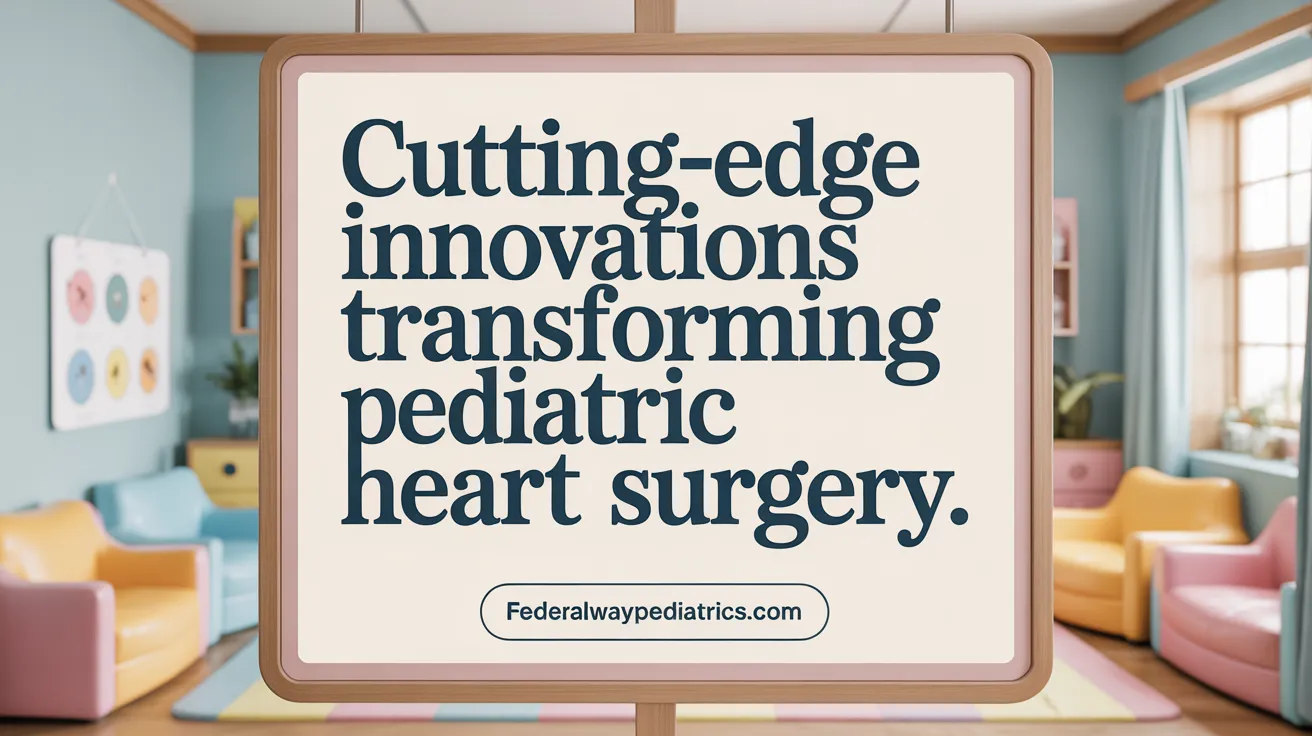
Advances in diagnostic imaging
Recent improvements in imaging technologies, such as echocardiography, MRI, and 3D reconstructions, have greatly enhanced our ability to accurately diagnose congenital heart defects. These tools allow doctors to visualize complex heart structures in three dimensions, improving surgical planning and postoperative assessment.
Minimally invasive and catheter-based interventions
Many congenital heart defects now benefit from less invasive procedures that do not require open-heart surgery. These include balloon valvuloplasty for pulmonary stenosis, coil or plug embolization for patent ductus arteriosus or coronary fistulae, and transcatheter closure of septal defects. Such techniques lead to shorter hospital stays, less pain, and quicker recovery, especially when performed by specialized interventional cardiologists.
Fetal cardiac interventions
Advances in fetal cardiology enable intrauterine procedures to treat or prevent severe congenital heart defects early in pregnancy. Fetal balloon dilation of the aortic valve in cases of critical aortic stenosis can promote the growth of the left heart, potentially allowing a biventricular repair after birth. Although these interventions are complex and performed in select cases, they represent a significant stride toward improving outcomes even before birth.
Use of 3D modeling and printing
3D technology has transformed surgical planning for complex congenital heart lesions. Surgeons utilize detailed 3D models derived from advanced imaging to rehearse procedures, tailor repairs, and anticipate potential challenges. This approach minimizes surprises during surgery and enhances the precision and safety of interventions.
Regenerative therapies and future directions
Emerging cell-based regenerative therapies hold promise for improving cardiac function in children with severe congenital defects. Researchers are exploring ways to augment heart tissue, delay the need for transplantation, and repair damaged myocardium. The continued development of these innovative treatments may redefine future management strategies for pediatric heart disease.
| Technology/Approach | Benefit | Application Example |
|---|---|---|
| Advanced Imaging | Accurate diagnosis and planning | 3D echocardiography, MRI, 3D reconstructions |
| Minimally invasive procedures | Reduced morbidity, quick recovery | Balloon valvuloplasty, device closures |
| Fetal interventions | Improve prenatal conditions | Fetal aortic valvuloplasty |
| 3D modeling/printing | Better surgical outcomes | Pre-surgical rehearsal |
| Regenerative therapies | Future of tissue repair | Cellular therapies for cardiomyopathy |
The ongoing innovation and integration of these cutting-edge techniques continue to elevate the standard of care in pediatric cardiac surgery, offering new hope and improved life quality for children with congenital heart disease.
Postoperative Care, Recovery, and Lifelong Management
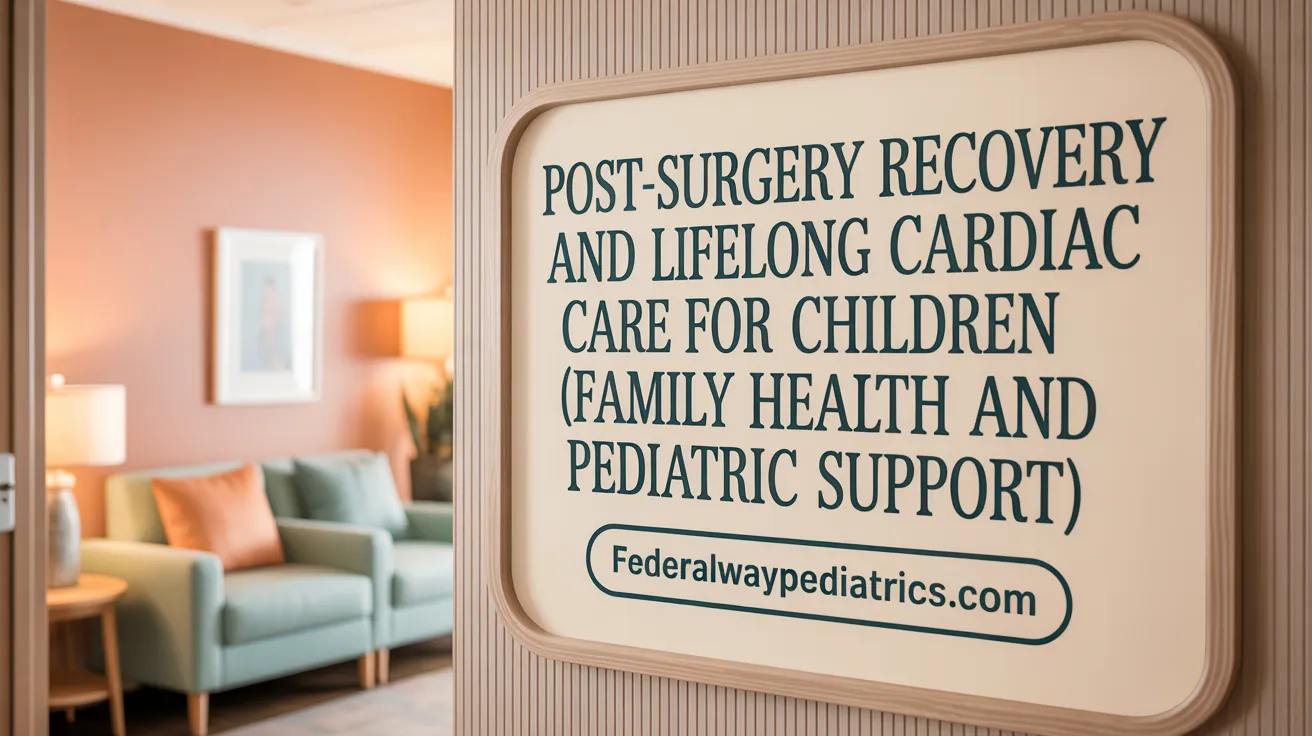
How do specialized congenital cardiovascular care units support recovery?
Children who undergo pediatric cardiac surgery receive postoperative care in dedicated congenital cardiovascular care units, such as the Congenital Cardiovascular Care Unit (CCVCU). These units are equipped with specialized staff, including nurse specialists and critical care doctors, who provide continuous monitoring and tailored treatment.
What role do ERAS recovery programs play?
Enhanced Recovery After Surgery (ERAS) programs are implemented to promote quicker recovery. They focus on minimizing pain, reducing hospital stay duration, and helping children return to normal activities faster.
How does a multidisciplinary team contribute?
Successful long-term management involves a team of cardiologists, surgeons, nurses, therapists, and child life specialists. This collaboration ensures that every child's unique needs are addressed—from initial surgery to ongoing health maintenance.
How are arrhythmias managed post-surgery?
Arrhythmias, which can occur after surgery, are managed through medications, electrical therapies like cardioversion, or the implantation of devices such as pacemakers or implantable cardioverter defibrillators (ICDs). Lifelong monitoring is often necessary.
What does long-term follow-up involve?
Children with congenital heart defects require lifelong follow-up to monitor heart function and detect potential complications early. Regular check-ups help maintain quality of life and enable timely interventions if needed.
| Aspect | Details | Additional Notes |
|---|---|---|
| Care units | Specialized CCVCU | Focused on children post-surgery |
| Recovery programs | ERAS | Shortens hospital stay, enhances recovery |
| Team | Multidisciplinary | Includes cardiologists, nurses, therapists |
| Arrhythmia care | Medications, device therapies | Lifelong monitoring often needed |
| Follow-up | Regular cardiology visits | Ensures maintenance of heart health |
Advances in pediatric cardiac care continue to support improved recovery and long-term health outcomes for children with congenital heart defects.
Enhanced Survival and Quality of Life Through Specialized Pediatric Heart Surgery
The landscape of surgical interventions for pediatric heart disease continues to evolve through advanced surgical techniques, innovative diagnostics, and comprehensive care models. With survival rates now exceeding 90% at leading centers and ongoing improvements in minimally invasive procedures and prenatal interventions, children with congenital heart defects have a markedly improved prognosis. Specialized multidisciplinary teams and lifelong monitoring remain crucial to managing the complex needs of these patients, ensuring enhanced quality of life well into adulthood. As research and technologies advance, the future holds promise for even safer, more effective, and personalized treatments in pediatric cardiac surgery.
References
- Pediatric Cardiovascular Procedures - Johns Hopkins Medicine
- Current Interventional and Surgical Management of Congenital ...
- Congenital heart defects in children - Diagnosis and treatment
- A Scientific Statement From the American Heart Association - PubMed
- Pediatric Heart Treatments & Procedures
- Surgery for Congenital Heart Defects in Children
- Surgical Treatment of Congenital Heart Defects
